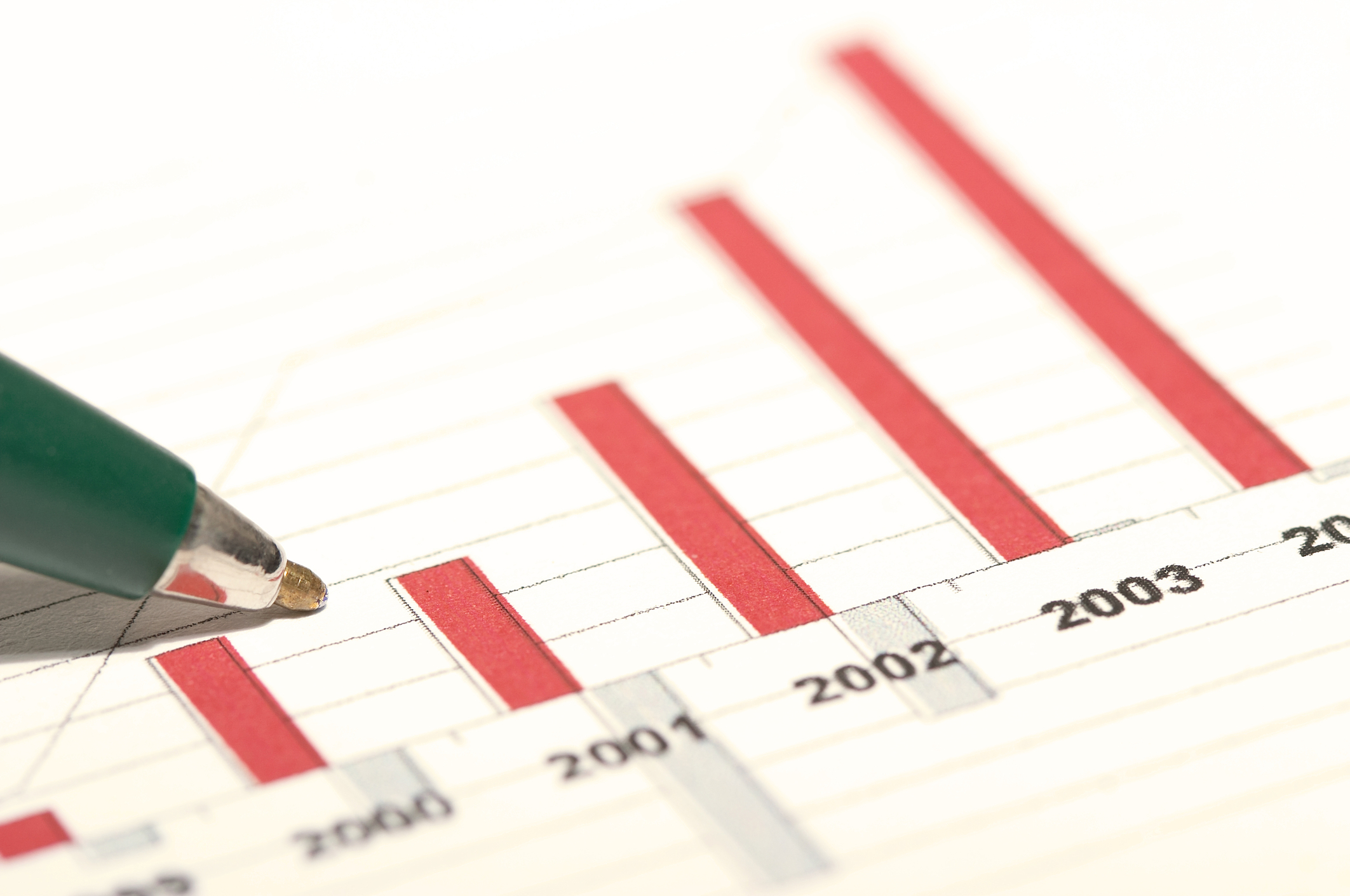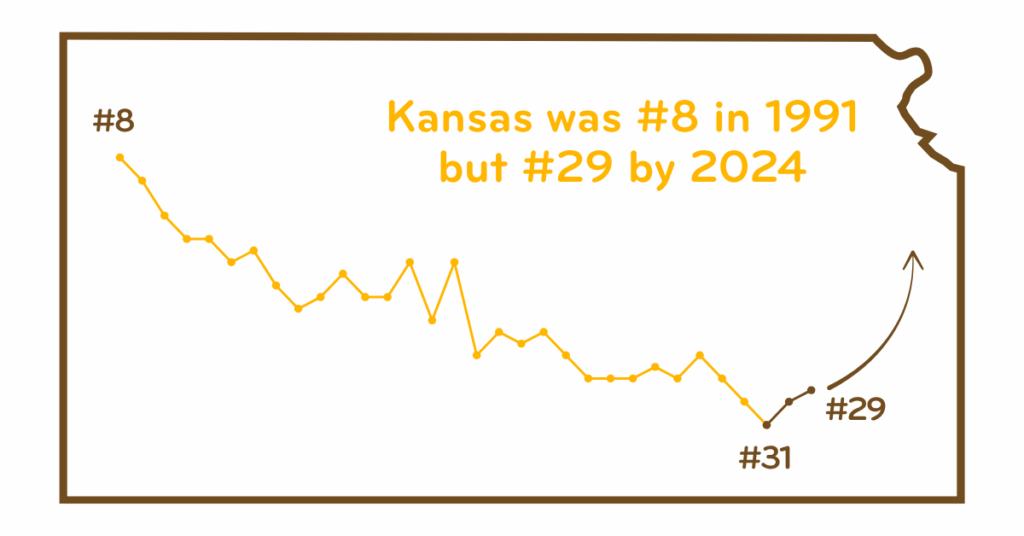- Initiatives
Initiatives

If you truly want to see how KHF spends its time, energy and resources, we invite you to view the active initiatives happening throughout Kansas.
- Opportunities

Opportunities
Learn more about what opportunities mean at KHF, including for both funding and participation.

Current Opportunities
At any given time, we may have multiple available opportunities. This could include grants, sponsorships or when we seek your opinions.
- News & Views
News and Views
Want to see our latest news releases? Interested in insights and opinions from our team members? This is the place to find it all!

News
See the latest news releases from KHF, including information on initiatives, opportunities and people.

Blog
Whether it's our staff or our board, the people associated with KHF have unique expertise and insights. Through this blog, you can read more about the topics that are important to us.

Stories
Want to know about the impact our partners are having across the state? Here, we try and share stories of impact and effort taking place each day.
- About Us

Who We Are
See a high-level overview of our work, our strategies, our team and our history.

Our Team
Learn more about the people that make KHF a place of both impact and enjoyment.

Financial Information
We try to always be effective stewards of the KHF endowment. Learn more about our finances and how they're managed.

Careers
Check here to see of any job postings and more information about working with us.
The Economic Case For Health

Poor health has a direct negative impact on the economy:
- Individuals: Reduced work capacity due to absenteeism
- Companies: Lower productivity and higher costs
- Companies & States: Slower GDP growth and a shrinking tax base
These findings are based on screening 1,000 academic articles and a literature review of 225 articles focusing on four key domains: individuals, private sector firms, public finance and macroeconomics.
This research revealed a powerful two-way relationship: better economics equals better Health, and better Health equals better economics.
Beyond Cost: Making Health a Core Economic Strategy
Healthy People Drive A Healthy Economy
We know that health is a foundational pillar of economic strength. The most compelling data confirms that countries, states and local communities that are healthier outperform others in terms of GDP and attracting investment.
When we improve the well-being of employees, we unlock a chain reaction that delivers sustainable growth, job expansion and enhanced competitiveness for the long haul.
- A 10% reduction in mortality or disability burden is linked to about a 10% gain in long-run GDP per person (Rocco et al., 2021).
- Countries with better population health attract more foreign investment and rank higher on competitiveness (Ghosh & Renna, 2015; Gavurová et al., 2020).
- In U.S. metro areas, a 1-year increase in life expectancy predicted a 5% rise in housing prices within five years (Nau & Bishai, 2018).
A Healthy Business Begins With Healthy People
Mental health challenges and chronic diseases hit the bottom line hard—mainly through lost productivity, which often costs more than medical spending. Companies that foster a culture of health know it is the key to higher productivity and stronger performance. But employee health is shaped by more than the workplace—community conditions like safe neighborhoods, food access and strong public health programs make a big difference.
- Lost productivity from poor employee health often costs firms 2–4 times more than direct medical spending (Loeppke et al., 2007).
- Depression and chronic conditions drive large losses in workforce participation and on-the-job productivity (Holden et al., 2011; O’Neil et al., 2012).
- Companies with a strong “culture of health” have been shown to outperform peers on financial and market measures in some analyses (Goetzel et al., 2016; Fabius et al., 2013).
Public Health Policies are an Economic Asset, Not a Liability
Research consistently debunks the fear that programs like smoking bans or taxes on unhealthy food harm businesses. At the very least, studies find little to no economic downside. More often, these policies are shown to be a smart investment, leading to long-term improvements through higher productivity, more resilient public budgets and healthier, more vibrant communities.
- A systematic review of smoking bans found no negative effect on restaurant or hospitality revenues or employment (Cornelsen et al., 2014).
- A 10% junk food tax in Australia was projected to add 8,600 working years and $300M in lifetime income gains (Carter et al., 2019).
- U.S. simulations of healthy food incentives project billions in long-term income and productivity gains (Lee et al., 2019; Mozaffarian et al., 2018).
The initial research debuted at the Kansas Economic Outlook Conference led by Wichita State University’s Center for Economic Development and Business Research (CEDBR). If you were unable to attend, complete the form below to be sent the final report coming in December.



